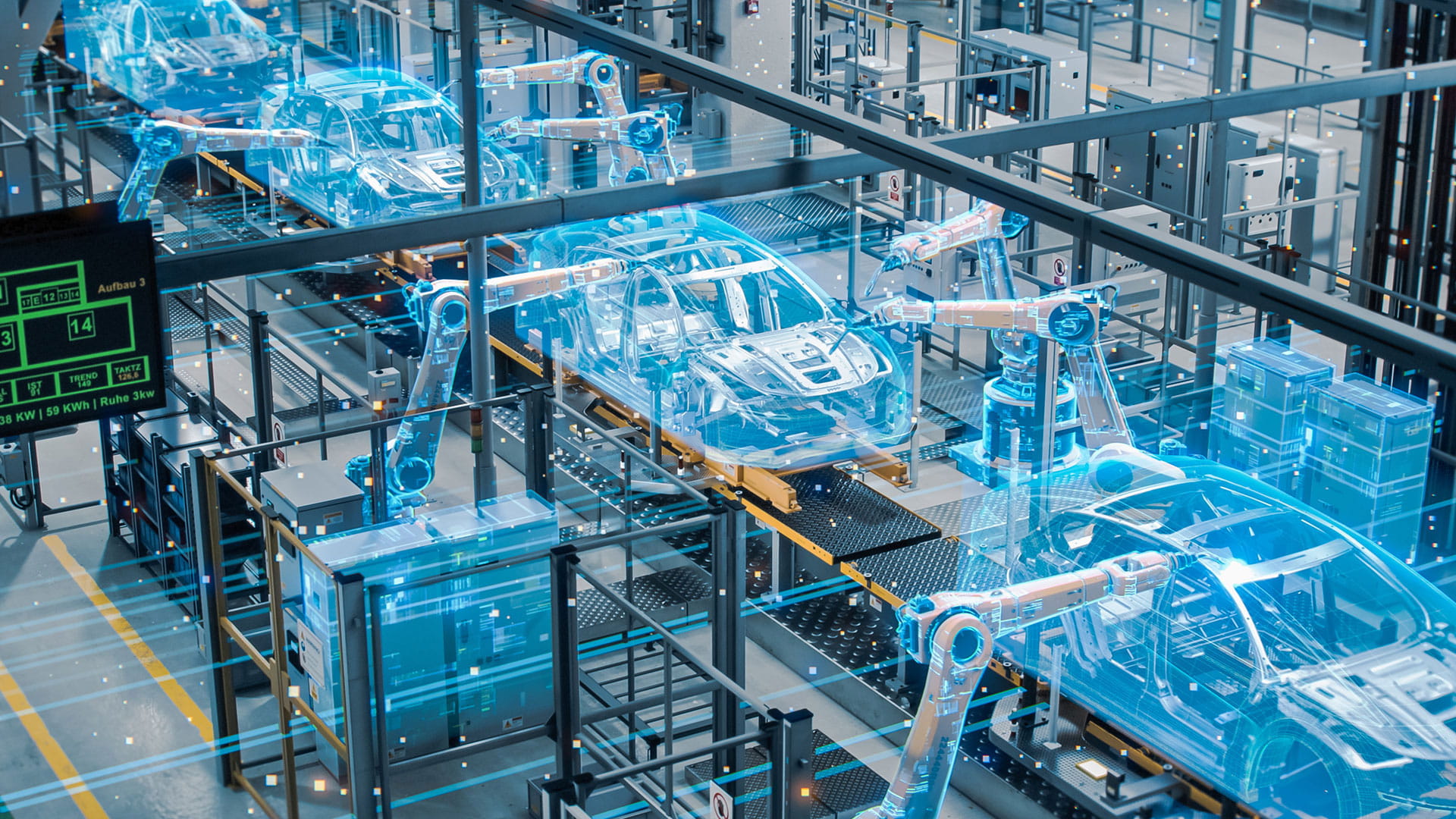In the realm of technology, where innovation is the name of the game, there’s a dazzling new player. Enter the world of digital twins, a concept that might sound like something straight out of a sci-fi movie, but is very much part of our reality. Imagine having a virtual replica of a physical object or system, a digital copy that mirrors its real-world counterpart in almost every way. This isn’t just a futuristic dream; it’s happening right now, and it’s transforming industries across the globe.
The Intricacies of Digital Twins
So, what exactly is a digital twin? At its core, a digital twin is a virtual model of a physical object, process, or system. Through the magic of simulation and modeling, these digital replicas enable us to understand, predict, and optimize the performance of their real-world counterparts. Whether it’s a jet engine, a sprawling urban infrastructure, or a complex manufacturing process, digital twins are revolutionizing the way we interact with the world around us.
How Do Digital Twins Work?

The secret sauce behind digital twins lies in the integration of various technologies. The Internet of Things (IoT) plays a pivotal role, allowing physical objects to communicate with their digital counterparts through a network of connected sensors. These sensors collect real-time data, which is then analyzed using data analytics and artificial intelligence. The result? A comprehensive, up-to-date digital copy that reflects the current state of its physical twin.
Applications Across Industries
The applications of digital twins are as diverse as they are exciting. In the realm of Industry 4.0, these virtual replicas are driving smart technologies and cyber-physical systems to new heights. From manufacturing and aerospace to healthcare and urban planning, digital twins are making their mark.
- Manufacturing: By creating digital twins of production lines, manufacturers can optimize processes, reduce downtime, and improve quality control.
- Aerospace: Digital twins of aircraft engines allow for predictive maintenance, reducing the risk of unexpected failures and keeping planes flying safely.
- Healthcare: In healthcare, digital twins of human organs are providing new insights into personalized medicine and treatment plans.
- Smart Cities: Urban planners are using digital twins to design smarter, more efficient cities, where resources are optimized, and residents enjoy a better quality of life.
The Role of Predictive Analytics and Automation

One of the most compelling aspects of digital twins is their ability to leverage predictive analytics. By analyzing historical and real-time data, these virtual replicas can forecast future scenarios and outcomes with remarkable accuracy. This opens up a world of possibilities for automation and process optimization.
Imagine a factory where machines autonomously adjust their operations based on predictive insights, minimizing downtime and maximizing productivity. Or consider a city where traffic lights optimize their timing to reduce congestion, thanks to predictive analytics powered by digital twins. It’s not just about efficiency; it’s about creating a digital revolution that enhances every facet of our lives.
Innovation in Digital Engineering
Digital twins are also reshaping the field of digital engineering. Engineers can now design, test, and refine products in a virtual environment before they ever exist physically. This not only reduces costs but also accelerates the innovation process, allowing for rapid prototyping and experimentation.
And let’s not forget the role of virtual reality in this equation. By immersing engineers and designers in a digital environment, virtual reality technology enhances their ability to interact with digital twins in a way that feels remarkably real. It’s like having a crystal ball that lets you peer into the future of product design and development.
The Impact on Smart Cities
The concept of smart cities is closely intertwined with digital twins. As urban areas continue to grow, the need for efficient resource management and sustainable development becomes paramount. Digital twins offer a solution by providing a comprehensive view of a city’s infrastructure and operations.
Picture a city where energy consumption is optimized, waste management is streamlined, and public transportation is seamlessly integrated. Digital twins enable urban planners to model different scenarios, test various solutions, and make data-driven decisions that enhance the quality of life for residents. It’s like having a city-sized sandbox where you can experiment with different ideas without the risk of real-world consequences.
Challenges and Considerations
While the potential of digital twins is immense, it’s important to acknowledge the challenges that come with this technology. Data security and privacy are major concerns, as the proliferation of connected devices and sensors increases the risk of cyber threats. Additionally, the complexity of creating and maintaining accurate digital replicas requires a high level of expertise and resources.
Moreover, the integration of digital twins into existing systems can be a daunting task. Organizations need to carefully plan and execute their digital transformation strategies to ensure a seamless transition. But with the right approach, the benefits far outweigh the challenges, paving the way for a future where digital twins are an integral part of our daily lives.
Embracing the Digital Revolution

As we stand on the brink of this digital revolution, it’s clear that digital twins are more than just a passing trend. They represent a fundamental shift in the way we interact with technology and the physical world. From enhancing process optimization to driving innovation, these virtual replicas are poised to redefine industries and elevate our quality of life.
For those looking to explore the world of digital twins further, tools like a 3D scanner can be invaluable in creating accurate digital models. As we continue to push the boundaries of what’s possible, one thing is certain: the era of virtual precision is here, and it’s here to stay.
In the words of a wise technophile, “The future isn’t something we enter. The future is something we create.” With digital twins at our side, we’re not just stepping into the future; we’re shaping it, one digital replica at a time.